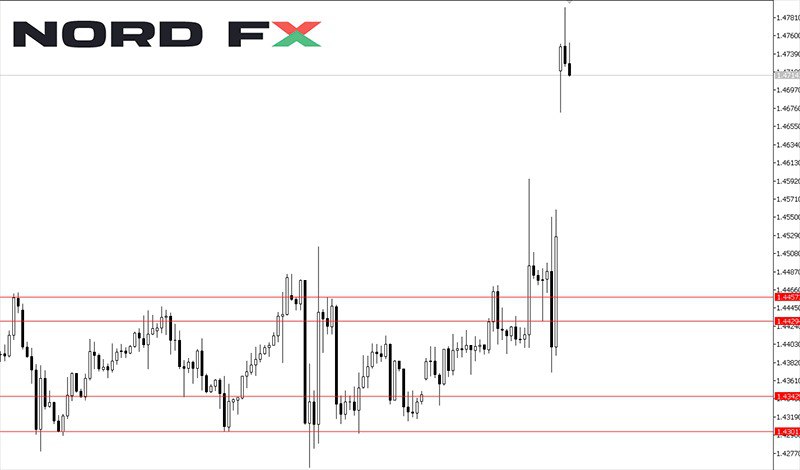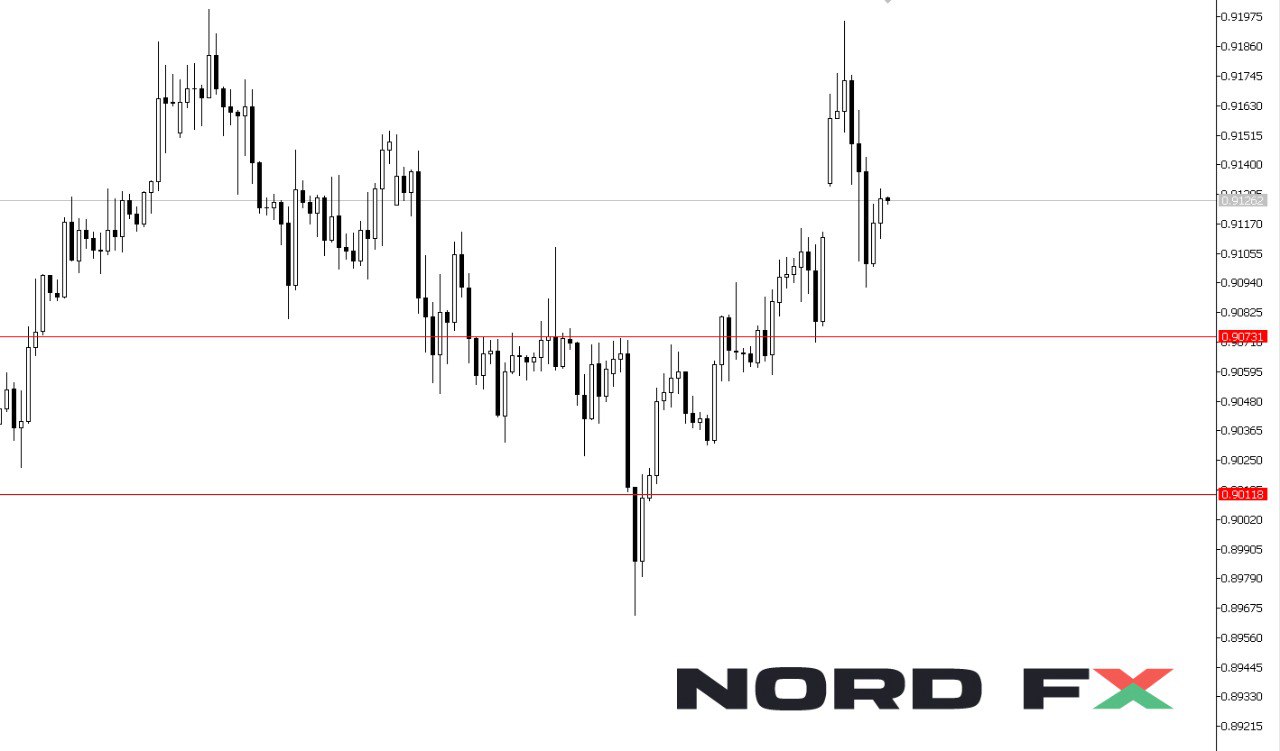In trading, a price gap occurs when an asset's price jumps from one level to another without any trading activity in between. This creates an empty space—or a "gap"—on the chart. Gaps can happen when the market opens at a significantly different price from the previous close, often due to major news events, economic data releases, or shifts in trader sentiment.
While gaps are common in stock markets due to overnight trading pauses, they are less frequent in forex and crypto markets. Forex trading operates almost 24/5, meaning gaps usually appear when the market reopens after the weekend. Cryptocurrencies, being traded 24/7, experience gaps even less frequently, though they may still occur, especially in derivatives markets.
Key Takeaways
· Price Gaps Indicate Market Sentiment and Momentum: Gaps occur when an asset’s price moves sharply with no trading in between, often due to major news events or shifts in trader sentiment. While forex gaps usually happen at the start of the trading week, crypto gaps are less frequent but can signal strong market reactions.
· Different Gap Types Require Different Trading Approaches: Understanding the four main types—common, breakaway, continuation, and exhaustion gaps—helps traders determine whether a gap signals a new trend, trend continuation, or potential reversal.
· Risk Management Is Crucial When Trading Gaps: Due to the volatility associated with gaps, traders should use stop-loss orders, analyze volume, and avoid excessive leverage. Waiting for confirmation before entering a trade can also help reduce risks and improve decision-making.
Why Do Gaps Occur?
Gaps can appear for various reasons, including:
- Economic Reports: Major releases like U.S. Non-Farm Payrolls or inflation data can create sudden shifts in trader sentiment.
- Geopolitical Events: Political instability, trade agreements, or conflicts can lead to large price movements.
- Market Sentiment: Strong bullish or bearish momentum, often driven by unexpected news, can cause traders to enter or exit positions rapidly.
- Low Liquidity: If there aren’t enough buy or sell orders at certain price levels, the market may "jump" to the next available price, creating a gap.

Types of Price Gaps
Understanding the different types of gaps can help traders make informed decisions:
- Common Gaps
- These occur randomly and don’t indicate a strong trend.
- They are often small and get filled quickly.
- Breakaway Gaps
- These form at the start of a new trend, breaking away from a consolidation zone.
- They signal strong momentum and are less likely to be filled.
- Continuation (Runaway) Gaps
- Found in the middle of an existing trend, these gaps indicate strong market conviction.
- They often lead to further movement in the same direction.
- Exhaustion Gaps
- These occur near the end of a strong trend.
- They signal that the trend is losing strength and a reversal may be imminent.

How to Trade Gaps in Forex and Crypto
Gaps can offer trading opportunities, but they also carry risks. Here are some common gap-trading strategies:
1. Trading the Gap
- If a gap aligns with an existing trend, traders may enter in the same direction, expecting the price to continue moving.
- Confirmation through volume and price action is crucial.
2. Fading the Gap
- This strategy involves trading against the gap’s direction, expecting the price to fill the gap.
- It works well with common gaps, but requires careful risk management.
3. Waiting for Confirmation
- Instead of jumping in immediately, traders can wait for confirmation signals, such as a price retest of the gap area.
- This reduces the risk of false breakouts.
Risk Management When Trading Gaps
Since gaps can lead to rapid price movements, risk management is essential:
- Use Stop-Loss Orders: Protect against unexpected price reversals.
- Analyze Volume: High trading volume can confirm whether a gap is likely to continue or reverse.
- Consider Market Context: Always factor in economic events and market trends before placing a trade.
- Avoid Overleveraging: Trading gaps with high leverage can amplify both potential gains and losses.
How to Use Gaps to Your Advantage
In many cases, a gap is a signal to proceed with caution or even stay out of the market. Since gaps represent sudden shifts in price with no trading activity in between, they can indicate either strong momentum in a particular direction or a temporary price distortion that may soon be corrected.
A gap can signal strength if the price continues moving in the same direction after the gap forms. This is often seen in breakaway and continuation gaps, where traders follow the momentum, expecting the trend to persist. However, gaps can also “close,” meaning the price retraces back to the level where the gap initially formed. This is especially common with common and exhaustion gaps, which tend to be filled quickly.
If a gap appears immediately before you plan to enter a trade, it’s often a warning sign to reconsider your position. Entering a trade without confirming whether the gap will continue or reverse can expose you to unnecessary risk. Instead, traders can wait for confirmation signals—such as price action stability or volume analysis—before making a move. By being patient and analyzing the type of gap and its market context, traders can use gaps strategically while avoiding impulsive decisions.
Final Thoughts
Price gaps in forex and crypto trading can provide valuable insights into market sentiment and potential trading opportunities. However, they also come with risks. Understanding the different types of gaps, why they occur, and how to trade them strategically can help traders make more informed decisions. As with any trading strategy, proper risk management is key to long-term success.
Go Back Go Back
